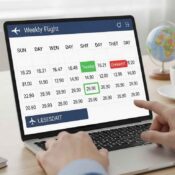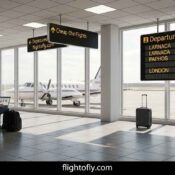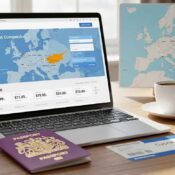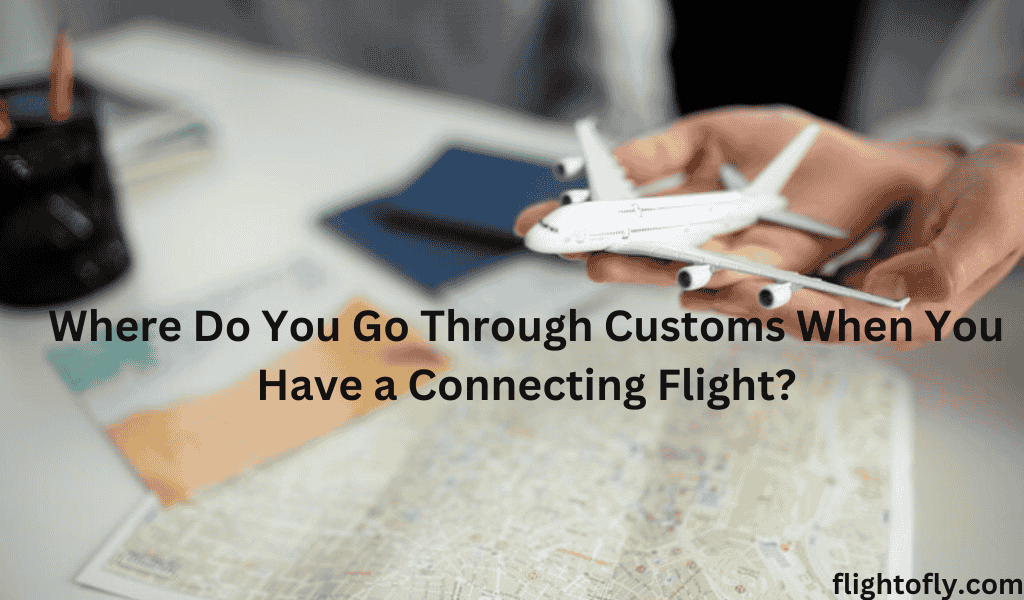
Where Do You Go Through Customs When You Have a Connecting Flight?
If you’re flying into the United States with a connecting flight, you’ll go through customs and immigration at the first U.S. airport you land in, even if it’s not your final destination. This means that before you board your next flight, you will need to collect your checked luggage, pass through customs, and re-check your bags. It can be a bit of a surprise for travelers who assume customs happens only at their final stop.
Understanding this process is crucial to avoid confusion and stress. Some airports are designed to make it easier with clearly marked re-check counters and quick security lines, while others may require a bit more time and patience. In this guide, we’ll walk you through what to expect during customs when you have a layover in the U.S., so you can navigate the airport smoothly and avoid unnecessary delays.
Check: How Early to Arrive at RDU for International Flight?
What is the difference between Customs and Immigration?
Customs and immigration serve different purposes when you’re traveling, and it’s important to understand the distinction between them.
- Immigration is where your passport and visa (if applicable) are checked. The immigration officer ensures you have the right documentation to enter the country. This is the first step upon arrival, where they assess if you’re permitted to enter the U.S. and stamp your passport.
- Customs is where your belongings are inspected. Customs officers check your luggage to ensure you’re not bringing in prohibited items or exceeding duty-free allowances. This step happens after you’ve cleared immigration and retrieved your checked luggage.
While the general process is clear immigration, pick up your bags, then go through customs, this sequence can shift during connecting flights. On layovers, you may clear both immigration and customs at the first U.S. airport you land at, even if you’re just passing through. Understanding the differences and how airport design affects these steps can help you navigate the process smoothly.
How Airport Layouts Influence Your Customs Experience?
Airport layouts can significantly affect your customs experience. Major international hubs and smaller airports handle the flow of passengers differently, and knowing what to expect can help you navigate your journey more smoothly.
- In large airports like London Heathrow or Dubai International, transit passengers often have the option to bypass customs and immigration if they’re staying within the secure international zones. These hubs have special transit corridors that let you move directly to your connecting flight without going through local customs, thanks to clear signage and dedicated transfer desks. This setup makes it easier for passengers on connecting flights, as they avoid delays related to customs checks.
- However, smaller airports or those with less experience in handling international connections may not offer such smooth transitions. In these airports, you may have to exit the secure zone, pass through local immigration, and re-enter security for your next flight. This can mean going through customs even if you’re just connecting. The need to clear customs at these airports can be especially inconvenient, as it often feels like you’re starting your journey over, even though you’re just passing through.
- The terminal layout also plays a key role. Some airports require you to change terminals between international and domestic flights, which may involve clearing customs and immigration again. On the other hand, some airports arrange everything within the same secure area, so you won’t have to undergo additional checks. To avoid surprises, research the airport’s layout, check maps, and read up on other travelers’ experiences to get a clear idea of how your connection will be handled.
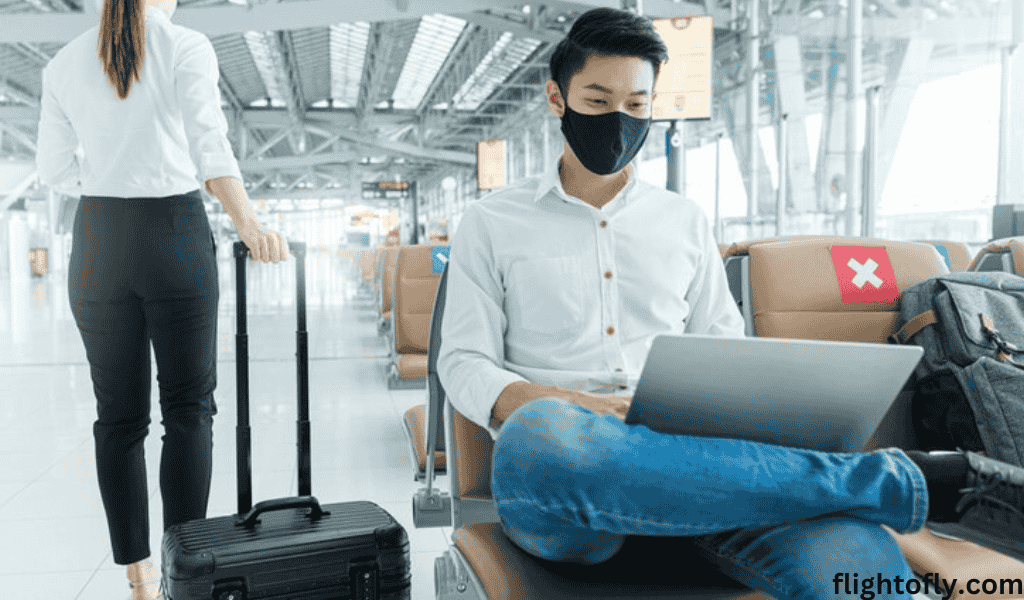
The Country-Specific Customs Approaches
Different countries enforce unique customs and immigration policies.
- United States Approach:
The United States requires travelers arriving from abroad to clear immigration and customs at their first port of entry, even if they continue to another domestic flight. This means a traveler flying from Europe to Los Angeles via New York must clear customs in New York before boarding the next flight.
- European Union’s Schengen Approach:
The European Union’s Schengen Area follows another approach. Once you enter a Schengen country, you often skip further immigration checks on subsequent flights within the zone. However, if your connecting flight takes you outside the Schengen area, you must clear immigration for departure. Customs for arriving passengers in Schengen countries often happen at your first entry point, but most intra-Schengen connections rarely require a customs re-check because you have already entered the common territory.
- Asia Country Approach:
In Asia, you might find airports like Singapore Changi or Hong Kong International offering efficient transit procedures that allow smooth connections without stepping into the local territory. This often means no customs clearance during a simple international-to-international transfer. Yet, if you change airlines or move from one terminal to another that sits outside the secure area, you might need to pass through customs checks.
Domestic Connections After International Arrival
Many travelers face a specific scenario:
Scenario:
If you arrive on an international flight, you must connect to a domestic flight within the same country. In this case, you usually handle customs at the first point of entry into that country. Consider an example: You fly from Tokyo to Toronto, then connect to a domestic flight to Vancouver. You land in Toronto, pick up your checked baggage, and proceed through Canada’s customs and immigration. Once cleared, you drop your baggage on a designated transfer belt or re-check counter, then continue to your domestic gate.
This process applies to the United States and several other countries as well. Once you complete immigration and customs in that initial arrival city, your journey within the country functions like a domestic trip. Your boarding pass for the next flight takes you directly to a domestic gate, where customs do not appear again. You have officially entered the country, so additional customs checks do not occur.
Remember to factor in extra connection time for these procedures. Customs lines vary depending on the time of day, staffing, and volume of arriving flights. Arrive with a tight connection, and you risk missing your domestic leg while waiting in a crowded customs hall. Instead, schedule longer layovers when connecting from international to domestic flights, especially in countries with unpredictable queue lengths.
International-to-International Transfers Without Leaving The Airport
If you’re traveling from one foreign country to another through a major international hub, you may not need to go through customs or immigration in the transit country. For example, if you’re flying from Sydney to London with a stopover in Dubai, many large international airports have special transit areas where you can stay within the secure zone. In these cases, you’ll follow the signs to the transfer or transit counters, check your flight details, and wait in the departure lounge for your next flight without formally entering the transit country.
This means that customs officers in the transit country will not inspect your luggage or personal items. Instead, you’ll only go through customs when you reach your final destination, where local customs officers will check your belongings and confirm that you meet the entry requirements for that country.
However, there are exceptions. If you’re connecting between airlines that do not have an interline baggage agreement, you’ll need to collect your checked baggage at the transit airport. After picking up your bags, you may have to exit the secure area, go through customs, and recheck your luggage at the departure hall. This process can be time-consuming, so it’s essential to double-check your baggage arrangements with your airline before your journey to avoid delays.
Baggage Handling, Customs Declarations, And Connecting Flights
Baggage handling and customs procedures often intertwine. Your checked bag’s journey helps determine where you must go through customs when you have a connecting flight. If your bags check through to your final destination, you often skip baggage claim at the transit airport. Without reclaiming luggage, you often avoid customs at that middle stop.
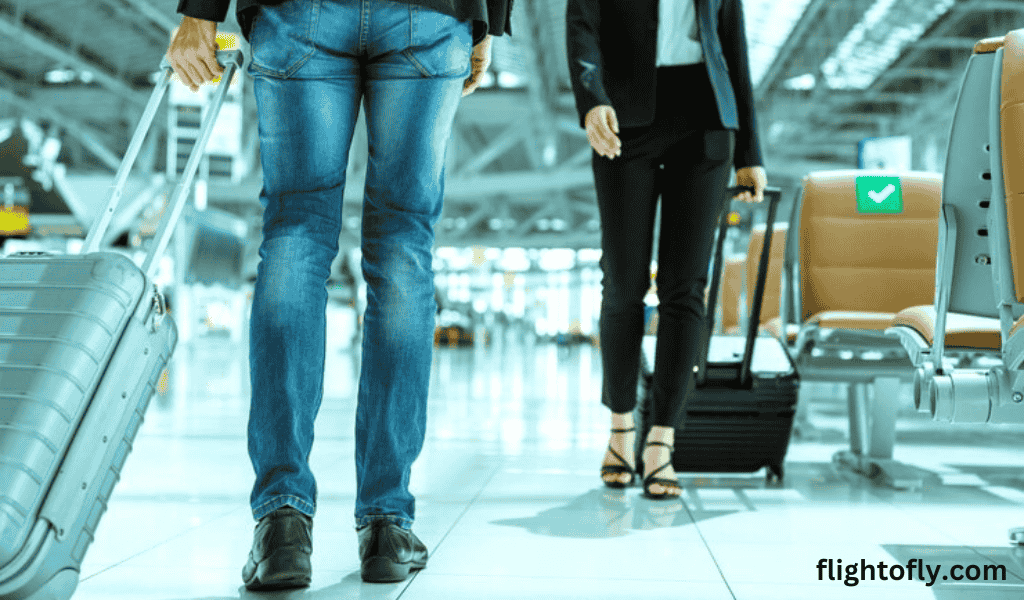
However, some routes and airlines do not transfer bags automatically. In those cases, you must exit the secure area, reclaim your baggage, and then re-enter through security and possibly clear customs. Pay attention to baggage tags at check-in. If the airline agent places a tag on your bag that shows your final airport code, your luggage will likely travel straight through without your intervention. If not, prepare to handle the baggage and customs steps yourself.
Customs declarations also affect where you must go. Some countries require a declaration form that you must fill out before approaching the customs counter. Others only require verbal declarations, and some have automated kiosks or e-gates that speed up the process. In any case, keep any receipts for high-value items and understand your duty-free allowances. If officials ask about items like electronics, food, or large sums of cash, honesty and preparation prevent delays.
Technology, Pre-Check, And Trusted Traveler Programs
Technology and preclearance programs help simplify the customs process. The United States, for example, operates preclearance facilities in certain foreign airports. Travelers flying from Dublin to the U.S. clear U.S. immigration and customs in Dublin before boarding, so they land as domestic arrivals. This setup means no customs waits after landing in the U.S., making connections much easier.
Trusted traveler programs like Global Entry, NEXUS, or Mobile Passport can shorten your wait at customs. These programs let you use dedicated kiosks or expedited lanes, so you zip through customs much faster. You still need to know where to go, but the process feels streamlined. Downloading a mobile app like Mobile Passport (where available) cuts down on paperwork. You fill out your customs declaration on your phone and show a QR code to the officer.
Many airports now use digital signatures and interactive maps that highlight where to go for connecting flights. These tools help you pinpoint whether you must clear customs or simply navigate to another secure gate. Using these resources before your trip helps you visualize the route you will take upon arrival.
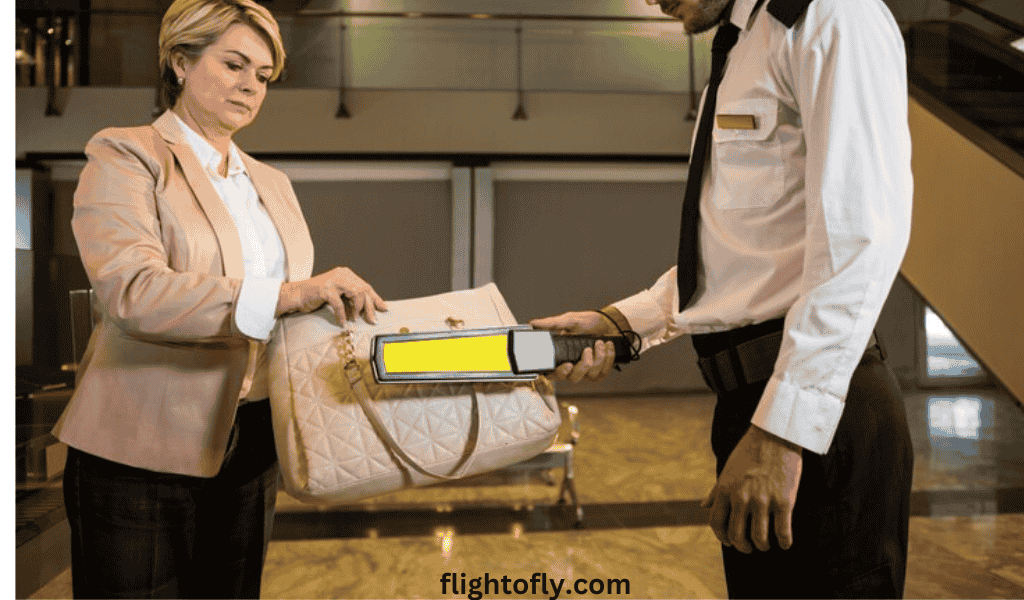
Strategies To Reduce Stress And Improve Efficiency
A little preparation can make a big difference in reducing stress and improving your efficiency during airport transfers. By planning and approaching the process with confidence, you can ensure a smoother journey.
- Arrive Early and Ask Questions
Arriving at your initial departure airport early gives you plenty of time to speak with airline staff. Don’t hesitate to ask them directly: “Where do I go through customs when I have a connecting flight on this route?” They can provide you with a roadmap that clarifies exactly what to expect during your connection. - Use Airport Resources
Many major airports offer mobile apps or detailed websites with step-by-step guides, terminal maps, and instructions for connecting passengers. Familiarize yourself with your connection airport’s layout before you travel, so you know exactly where you’re arriving and departing from. Pay special attention to whether customs checks are involved in the transfer process. - Stay Organized and Dress Comfortably
Keep your important documents—like your passport, boarding passes, and any customs declaration forms—in an easily accessible place. This will save you time and avoid stress when you’re in a hurry. Also, dress comfortably to make moving through the airport easier. - Move with Intention
When navigating the airport, follow the signs carefully to avoid getting lost. If you encounter any uncertainty, don’t hesitate to ask an airport staff member or immigration officer for help. They can guide you to the correct areas and prevent unnecessary confusion. - Consider the Timing
Be mindful of the time of day you’re traveling. Peak arrival times can mean longer customs lines, so if possible, opt for flights with connections during off-peak hours. Giving yourself a longer layover—such as three hours—creates more flexibility in case of delays, while a shorter 90-minute connection might work, but it’s more vulnerable to unexpected setbacks.
Real Traveler Experiences And Lessons Learned
1. Cynthia’s experiences:
Imagine a traveler named Cynthia who flew from São Paulo to Chicago and then connected to a domestic flight to Denver. Cynthia didn’t know that U.S. customs clearance always occurs at the first U.S. airport where you land. She dashed off the plane in Chicago and followed signs for “Connections,” but a helpful airport attendant stopped her and asked, “Have you cleared customs yet?” Cynthia realized she needed to pick up her checked bag and clear customs before heading to the domestic gate. She managed to navigate the process, but the confusion cost her precious minutes. If Cynthia had researched U.S. customs rules, she would have anticipated this step and avoided unnecessary stress.
2. Marcus’s experiences:
Consider another traveler, Marcus, who flew from Kuala Lumpur to Munich to London. Marcus assumed he needed to clear customs in Munich before continuing, but his flight from Kuala Lumpur to Munich landed in a Schengen transit area designated for connecting passengers. He never left the secure zone. He simply followed signs that said “Transfers,” passed through a quick passport check for Schengen exit, and boarded his London flight. Munich didn’t require a customs inspection because Marcus never entered Germany’s public area. He encountered U.K. customs only after landing in London. His preparation and reading about Schengen transit rules allowed him to relax and move confidently.
These personal scenarios highlight the importance of knowledge. Mistakes and misunderstandings happen, but you can learn from others’ experiences. Seek out firsthand accounts, read forums, and confirm details with your airline. Information empowers you to move through airports with a plan instead of reacting on the fly.
Conclusion:
Traveling doesn’t have to be stressful, especially when you know what to expect at customs during a connecting flight. By planning, whether it’s researching baggage claims, understanding the airport layout, or being aware of entry requirements at your destination, you can navigate the process with confidence.
With the right preparation, you’ll know whether to clear customs or enjoy a simple transfer. Keep asking for directions, checking maps, and reading up on your route. Over time, you’ll recognize patterns and feel in control, no matter the airport.
Stay informed, stay flexible, and approach your next connecting flight with confidence. Customs will no longer be a puzzle, but just another step toward your destination.
Recent Posts
Cheapest Day to Book Flights: Truth or Myth in 2025?
Cheap Flights from Small Cities: Best Ways to Book in 2025
Cheapest Flights to Cyprus from UK: Smart Booking Hacks for 2025
Tags


